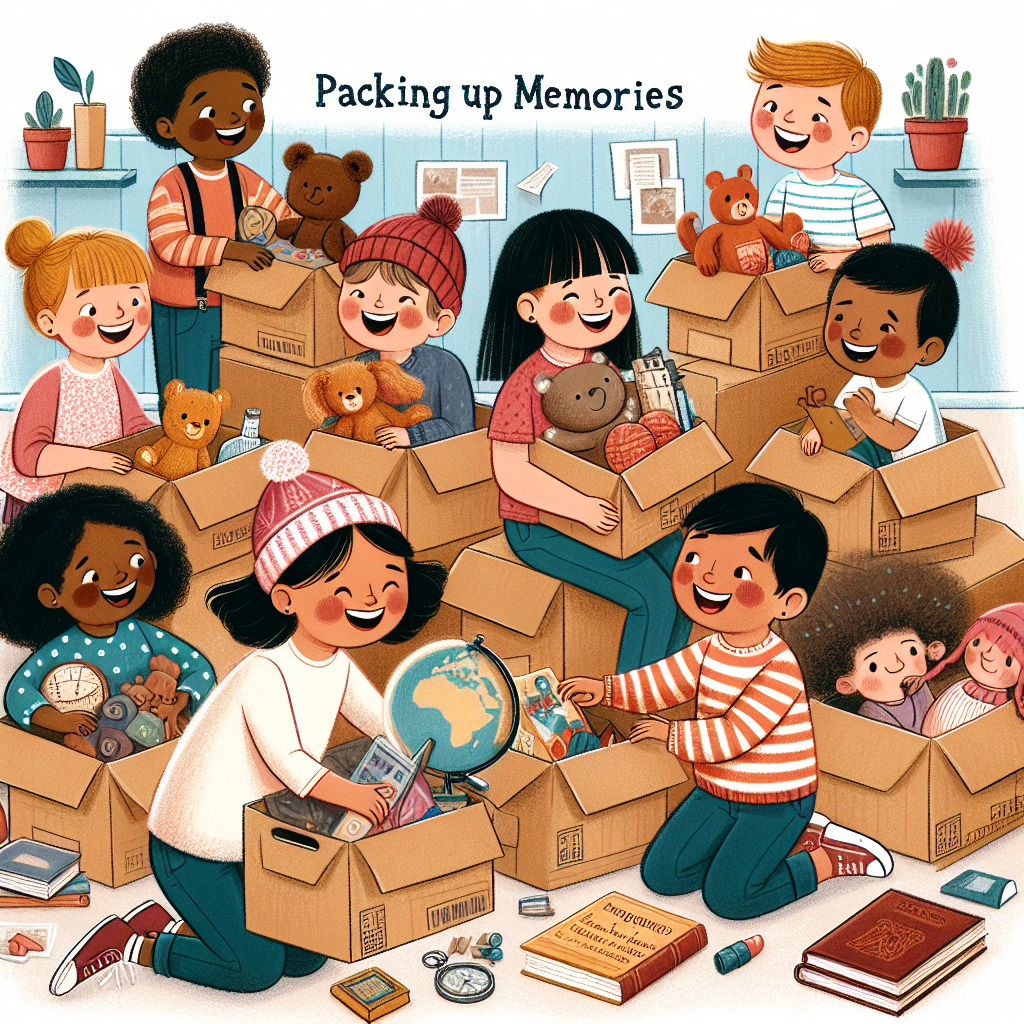Moving can be a daunting experience for anyone, but it can be particularly overwhelming for children. As they prepare to leave behind familiar surroundings and cherished memories, it’s important to make the process as enjoyable as possible. Here are some creative tips to help make moving a fun adventure for your little ones while keeping the memories alive.
1. Involve Children in the Packing Process
One of the best ways to make your kids feel included during a move is to involve them in the packing process. Hand them age-appropriate tasks to help them feel like an integral part of the transition.
Allow Kids to Choose Their Items
Give your children the option to select which toys, books, and clothes they want to bring to the new home. Not only does this give them a sense of control, but it also minimizes the chance of them feeling like their belongings are being taken away from them.
Create a ‘Memories’ Box
Encourage your children to pack a special box filled with items that hold significant memories, like their favorite stuffed animal or photos of friends. This ‘memories’ box can be the first thing they unpack in their new room, providing comfort and familiarity in a new environment.
2. Make Packing a Game
Turn the sometimes tedious task of packing into a fun game. This approach can lighten the mood and keep your little ones engaged throughout the moving process.
Packing Race
Set a timer and challenge your kids to see who can pack their items the fastest. Be sure to make it fun by incorporating music or silly prizes for the best packers.
Treasure Hunt
Transform packing into an exciting treasure hunt where your children search for hidden items in the house that they need to pack. This will allow them to revisit cherished memories without the stress of traditional packing.
3. Plan a Moving Party
Who says moving has to be all work and no play? A small moving party can help lighten the mood and make the day feel special.
Invite Friends over
Invite your child’s friends over for a ‘packing party.’ Provide snacks, fun activities, and maybe even some packing supplies to inspire camaraderie and teamwork. This will help your child associate the move with positive feelings rather than sadness.
Celebrate New Beginnings
Once packing is complete, hold a farewell party for your child and their friends. Celebrate the memories they’ve created in the old home while discussing the exciting adventures that await in the new one.
4. Explore the New Neighborhood Together
After the move is finalized, take time to explore your new neighborhood as a family. This not only helps ease the transition but can also create new, exciting memories.
Local Attractions
Research local parks, playgrounds, and attractions to visit together. Knowing there are fun things to do nearby can help alleviate some of your child’s anxiety about the new environment.
Meet the Neighbors
Organize a small get-together to meet the neighbors. Encourage your kids to introduce themselves, and maybe even exchange contact information with nearby friends. This can help them adapt more quickly to their new surroundings.
5. Document the Journey
Encourage your children to keep a moving journal or scrapbook dedicated to their moving experience. This will allow them to express their feelings about leaving the old home and what they anticipate in the new one.
Photos and Mementos
Take photos of the packing process and keep mementos from your old home—like a piece of wallpaper or a favorite toy. These can be included in the scrapbook as a touchstone for cherished memories.
Conclusion: Embracing Change Together
While moving can be challenging for children, it can also be an opportunity for growth, creativity, and bonding as a family. By incorporating fun activities, involving them in the packing process, and fostering a sense of community in the new neighborhood, you can help your little ones embrace change and look forward to the adventures that lie ahead.
Ultimately, the key to making moving fun for children is humanizing the experience. By recognizing their emotions, validating their feelings, and engaging them in the process, you can transform what could be a stressful situation into a cherished family memory.


